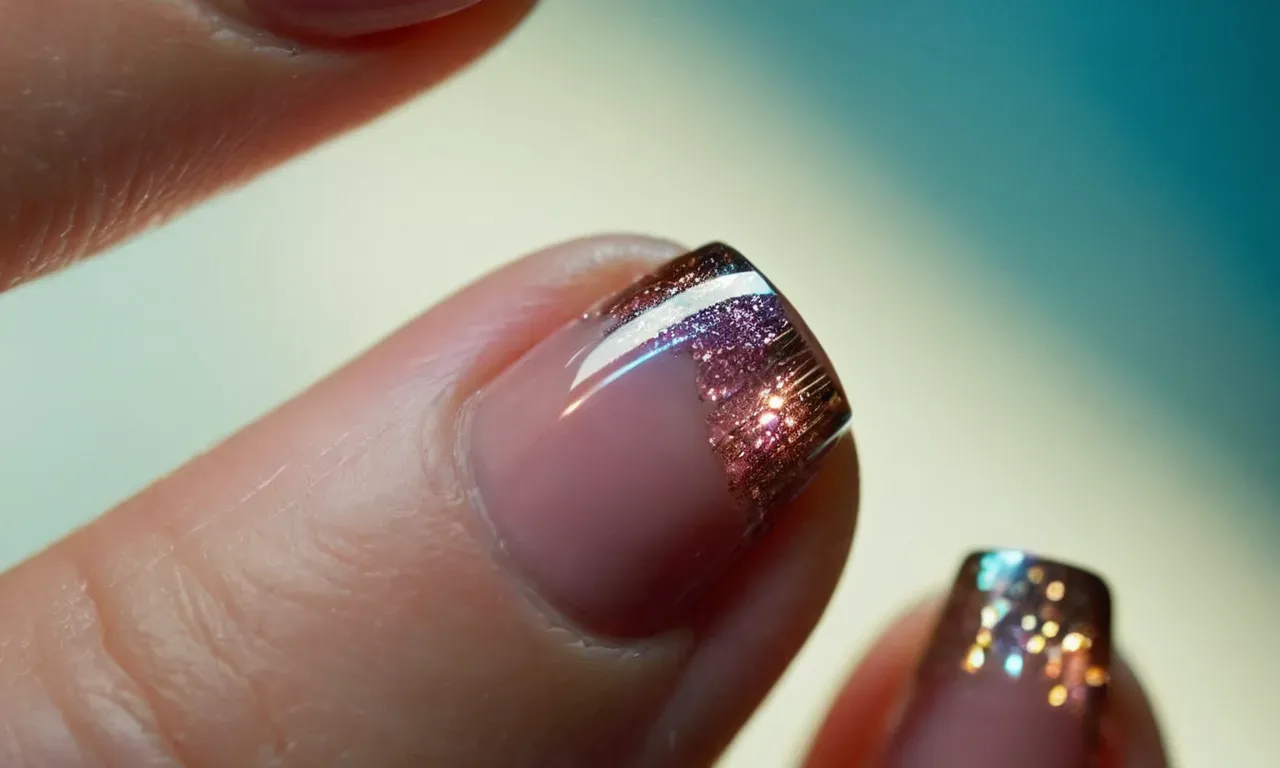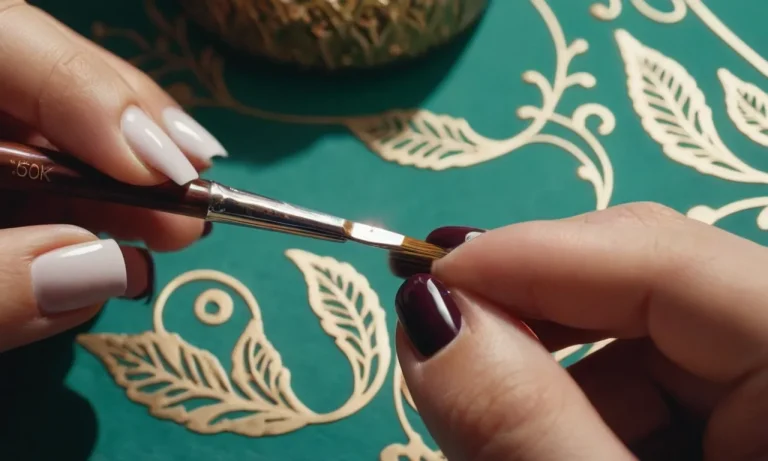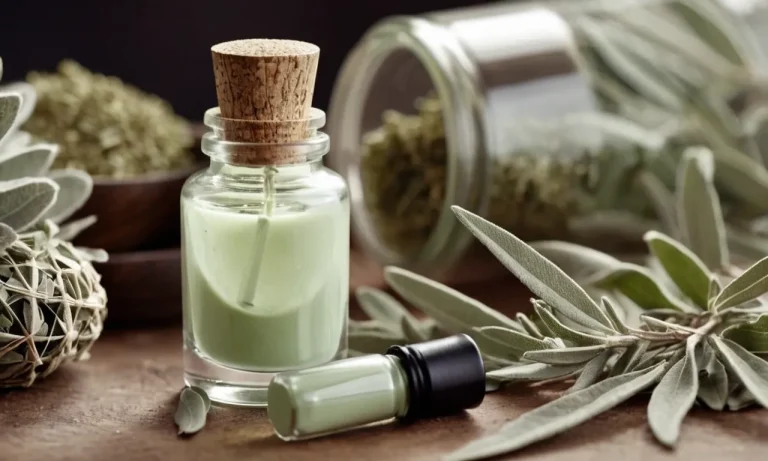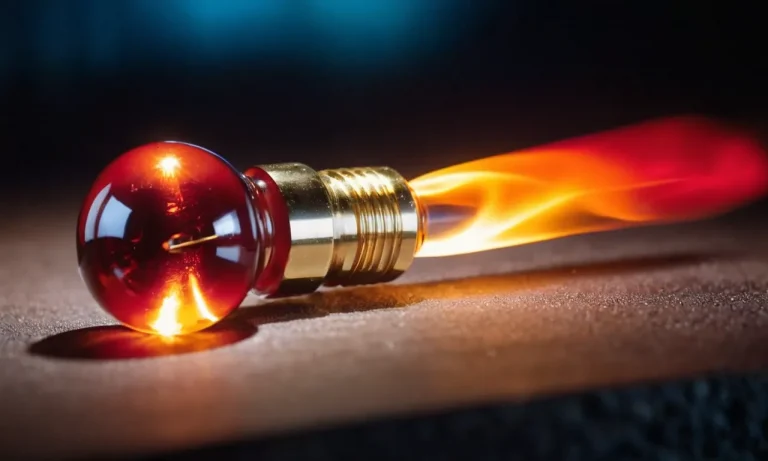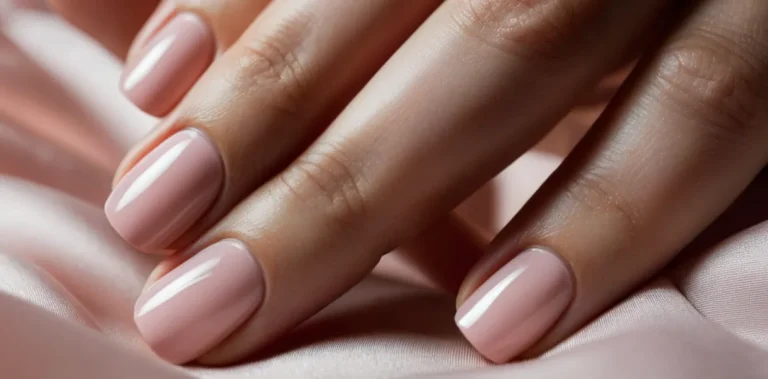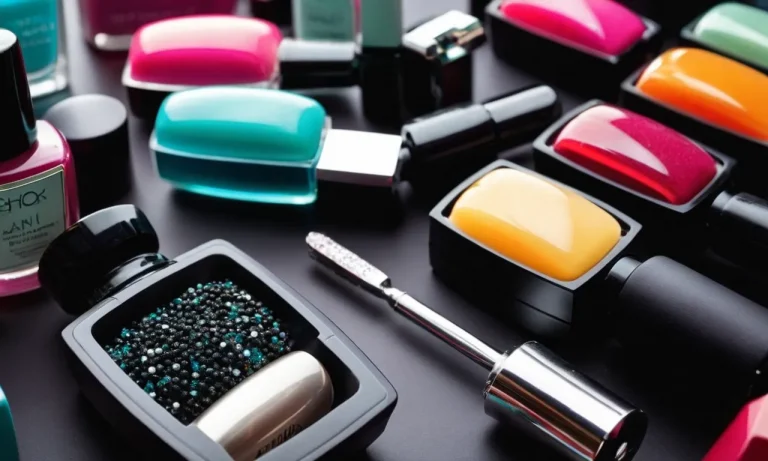What Is A Nail Bed? A Comprehensive Guide
If you’re wondering “what is a nail bed?”, you’ve come to the right place. The nail bed is an important part of the nail structure that affects the health and appearance of your nails. In this comprehensive guide, we’ll give you a quick overview of what the nail bed is before diving into the details of the nail bed anatomy, functions, and common disorders.
If you’re short on time, here’s a quick answer to your question: The nail bed is the skin underneath the nail plate that contains blood vessels, nerves, and melanocytes. It nourishes, supports, and anchors the nail plate to the finger or toe.
Anatomy of the Nail Bed
Layers of the Nail Bed
The nail bed has several layers that provide structure and support for the nail. The deepest layer is the matrix, which contains cells that encourage nail growth. Above this is the intermediate layer, then the germinal layer, where the nail material is actually produced.
The layers work together to anchor the nail firmly and promote smooth growth.
Nail Matrix
The nail matrix, also called the matrix unguis, generates new nail material. It contains nerves, lymph and blood vessels to supply nutrients and stimulate fast nail cell production. The matrix cells undergo mitosis to form layers of hard keratin that eventually become the nail plate.
There are three areas of the matrix – the distal matrix under the visible nail tip, the lateral matrix along the sides, and the proximal matrix near the base.
Lunula
The lunula is the white half-moon shape seen at the base of some nails. It’s created by the area of matrix that supplies a special layer of clear cells in the nail plate. Having visible lunulae or not is simply an effect of nail thickness – they don’t indicate health status.
Some people have lunulae on all nails, while some have none at all due to genetics.
Hyponychium
The hyponychium is the thick skin located behind the nail under the proximal nail fold. It helps connect the nail bed to the finger and contains small blood vessels. It also acts as a barrier to prevent infection from entering under the nail.
The eponychium is skin that overlaps the top of the nail, while the cuticle is dead skin cells that safeguard the nail matrix edge.
Functions of the Nail Bed
The nail bed plays a crucial role in nail health and growth. It is the skin underneath the nail plate that contains nerves, lymph and blood vessels. The main functions of the nail bed include:
Attachment of the Nail
The nail plate adheres firmly to the nail bed. The undersurface of the nail contains ridges that fit into matching grooves in the nail bed, helping to anchor the nail. This attachment between the nail and nail matrix aids nail growth and helps prevent nails from falling out.
Sensory Perception
The nail bed is highly sensitive due to the abundance of nerves and tactile cells. It can perceive sensations of touch, pain, pressure and temperature. This sensitivity protects the fingertips and toes by triggering a rapid withdrawal reflex from harmful stimuli.
Nutrient Supply
Blood vessels in the nail bed provide nutrients like proteins, vitamins and minerals essential for nail cell metabolism and growth. They also enable waste removal. Disruption to the blood supply causes growth abnormalities like nail dystrophies.
Nail Growth
The key purpose of the nail bed is to enable forward nail growth. Its ridged surface boosts nail production at the area where the nail meets the fingertip skin. As new nail cells generated in the matrix push outwards, the nail slides over the nail bed, assisted by nail bed oils that reduce friction.
On average, fingernails grow 3-4 millimeters per month, while toenails grow 1 millimeter per month [1]. If the nail grows too fast, it can be a sign of health issues.
Common Nail Bed Disorders
Onychocryptosis (Ingrown Toenails)
Onychocryptosis, also known as ingrown toenails, occur when the toenail grows into the surrounding skin instead of straight outward. This causes irritation, redness, swelling, and pain in the affected toe.
Ingrown toenails are common, especially in the big toe, and can occur due to improper nail trimming, tight shoes, injury, fungal infection, or abnormal foot structure. Treatment options include better nail trimming technique, padding around the nail, antibiotic ointment, minor surgery to remove part of the nail, and laser therapy to prevent recurrence.
Onycholysis
Onycholysis refers to the separation of the nail from the nail bed below it. It causes the nail to loosen and detach from the skin, starting at the tip and progressing backward. This gives the nail a whitish, opaque appearance.
Onycholysis has numerous causes including trauma, manicures, psoriasis, eczema, infections, medications, and systemic illness. Mild cases can be treated by keeping the nail dry and filing away the detached part.
More severe cases may require prescription antifungal medications or surgical nail removal and repair.
Onychomadesis
Onychomadesis is the separation and shedding of the nail from the matrix, its growth point in the cuticle. This leads to temporary or permanent nail loss. It is often preceded by an injury or infection.
Other possible causes are autoimmune disorders, medications, poor circulation, malignancy, and vitamin deficiencies. There is usually no discomfort, and the nail will often regrow on its own over time. While waiting for regrowth, care should be taken to avoid further trauma.
Artificial nails can disguise the appearance.
Nail Bed Tumors
Tumors can occasionally develop on the nail bed. The most common is a benign growth called a glomus tumor, arising from the glomus body responsible for regulating skin temperature. Glomus tumors cause episodic pain, sensitivity to cold, and blanching of the nail.
Another tumor called subungual exostosis affects the bony tip of the toe and can deform or damage the nail. Skin cancer like subungual melanoma may also occur but is rare. Nail bed tumors are diagnosed by their appearance and sometimes biopsy. Removal by surgery is often curative.
Any nail lesion persisting longer than 2 weeks warrants evaluation by a dermatologist.
Conclusion
In conclusion, the nail bed is a vital part of the nail apparatus that supports nail growth and attachment. Understanding its anatomy and functions allows you to better care for your nails. Some common nail bed disorders like ingrown nails can be prevented with proper nail care.
See your doctor if you have any persistent nail bed issues for a proper diagnosis and treatment.

